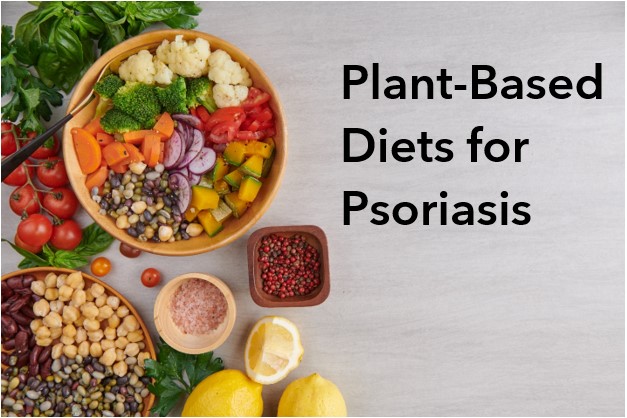References:
Hewlings, S., & Kalman, D. (2017). Curcumin: A Review of Its Effects on Human Health. Foods, 6(10), 92. https://doi.org/10.3390/foods6100092
Joseph, S. V., Edirisinghe, I., & Burton-Freeman, B. M. (2014). Berries: Anti-inflammatory Effects in Humans. Journal of Agricultural and Food Chemistry, 62(18), 3886–3903. https://doi.org/10.1021/jf4044056
Juárez-Chairez, M. F., Meza-Márquez, O. G., Márquez-Flores, Y. K., & Jiménez-Martínez, C. (2022). Potential anti-inflammatory effects of legumes: A review. British Journal of Nutrition, 128(11), 2158–2169. https://doi.org/10.1017/S0007114522000137
Land Lail, H., Feresin, R. G., Hicks, D., Stone, B., Price, E., & Wanders, D. (2021). Berries as a Treatment for Obesity-Induced Inflammation: Evidence from Preclinical Models. Nutrients, 13(2), 334. https://doi.org/10.3390/nu13020334
Parkinson, L., & Keast, R. (2014). Oleocanthal, a Phenolic Derived from Virgin Olive Oil: A Review of the Beneficial Effects on Inflammatory Disease. International Journal of Molecular Sciences, 15(7), 12323–12334. https://doi.org/10.3390/ijms150712323
Peng, Y., Ao, M., Dong, B., Jiang, Y., Yu, L., Chen, Z., Hu, C., & Xu, R. (2021). Anti-Inflammatory Effects of Curcumin in the Inflammatory Diseases: Status, Limitations and Countermeasures. Drug Design, Development and Therapy, Volume 15, 4503–4525. https://doi.org/10.2147/DDDT.S327378
Rajaram, S., Damasceno, N. R. T., Braga, R. A. M., Martinez, R., Kris-Etherton, P., & Sala-Vila, A. (2023). Effect of Nuts on Markers of Inflammation and Oxidative Stress: A Narrative Review. Nutrients, 15(5), 1099. https://doi.org/10.3390/nu15051099
Schultz, H., Ying, G.-S., Dunaief, J. L., & Dunaief, D. M. (2021). Rising Plasma Beta-Carotene Is Associated With Diminishing C-Reactive Protein in Patients Consuming a Dark Green Leafy Vegetable–Rich, Low Inflammatory Foods Everyday (LIFE) Diet. American Journal of Lifestyle Medicine, 15(6), 634–643. https://doi.org/10.1177/1559827619894954
Shin, J.-H., Ryu, J. H., Kang, M. J., Hwang, C. R., Han, J., & Kang, D. (2013). Short-term heating reduces the anti-inflammatory effects of fresh raw garlic extracts on the LPS-induced production of NO and pro-inflammatory cytokines by downregulating allicin activity in RAW 264.7 macrophages. Food and Chemical Toxicology, 58, 545–551. https://doi.org/10.1016/j.fct.2013.04.002
Simopoulos, A. P. (2002). Omega-3 Fatty Acids in Inflammation and Autoimmune Diseases. Journal of the American College of Nutrition, 21(6), 495–505. https://doi.org/10.1080/07315724.2002.10719248
Stromsnes, K., Correas, A. G., Lehmann, J., Gambini, J., & Olaso-Gonzalez, G. (2021). Anti-Inflammatory Properties of Diet: Role in Healthy Aging. Biomedicines, 9(8), 922. https://doi.org/10.3390/biomedicines9080922
Yu, Z., Malik, V. S., Keum, N., Hu, F. B., Giovannucci, E. L., Stampfer, M. J., Willett, W. C., Fuchs, C. S., & Bao, Y. (2016). Associations between nut consumption and inflammatory biomarkers,. The American Journal of Clinical Nutrition, 104(3), 722–728. https://doi.org/10.3945/ajcn.116.134205














